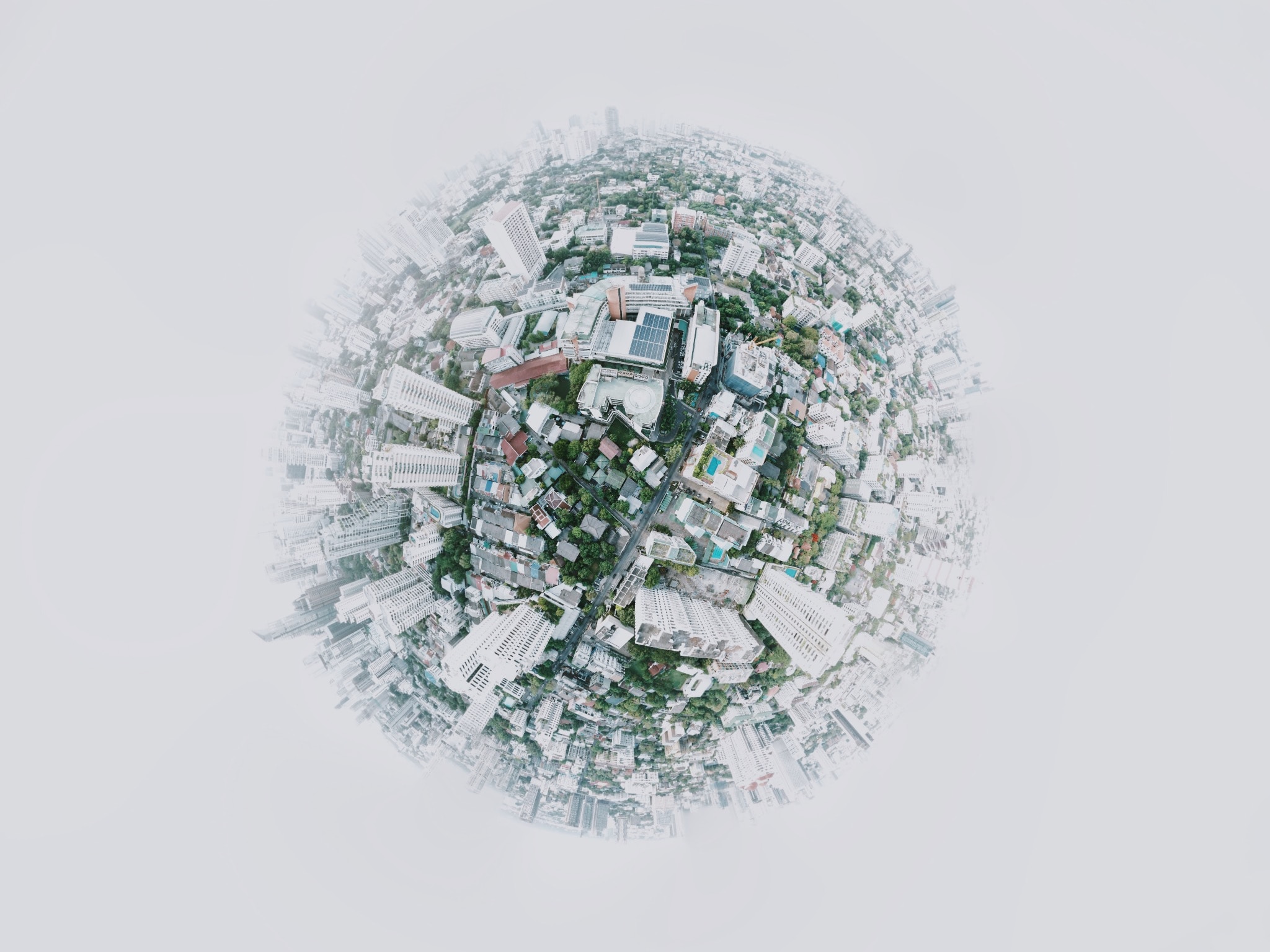There’s a growing need for you to understand the importance of sustainable fisheries in preserving Norway’s breathtaking marine ecosystems. As a nation renowned for its stunning coastlines and rich biodiversity, your actions can significantly impact the future of these vital resources. By adopting environmentally friendly practices, such as responsible fishing techniques and supporting local initiatives, you play a key role in ensuring that fish populations remain abundant. In this blog post, we will explore practical steps you can take to safeguard Norway’s majestic environment while enjoying its unparalleled natural beauty.
Overview of Norway’s Marine Ecosystem
To truly appreciate Norway’s marine ecosystem, you must recognize its diversity and complexity. Home to varied habitats including fjords, coastal waters, and the Arctic Ocean, Norway supports a rich tapestry of marine life. The waters are populated with important species such as cod, herring, and mackerel, which rely on the ecosystem’s balance for their survival. This system not only provides vital resources for local communities but also serves as a critical component in the global marine environment.
Importance of Biodiversity
Ecosystem diversity is the backbone of Norway’s marine health, ensuring resilience against environmental changes. Each species plays a role in maintaining balance, from predators regulating prey populations to plants producing oxygen. This interconnected web supports fishing industries, tourism, and the well-being of coastal communities. Protecting this biodiversity is necessary for sustaining these benefits for future generations.
Threats to Marine Life
Among the numerous challenges facing Norway’s marine life are overfishing, pollution, and climate change. These threats can severely disrupt the delicate balance of the ecosystem, impacting both marine species and human livelihoods reliant on fishing.
In addition, many species are threatened by overfishing, which leads to population declines and potentially ecosystem collapse. Pollution from land-based sources contributes to declining water quality, harming sensitive marine habitats and organisms. Furthermore, climate change is altering ocean temperatures and currents, affecting distribution patterns and spawning cycles of species. Addressing these critical threats is necessary to ensure the sustainability of Norway’s precious marine resources, benefitting both nature and your community.
Principles of Sustainable Fisheries
The principles of sustainable fisheries focus on managing fish populations in a way that ensures their long-term viability while maintaining the health of marine ecosystems. By adhering to these principles, you can contribute to preserving biodiversity and ensuring that fish stocks remain robust for future generations.
Definition and Importance
Below, sustainable fisheries are defined as fishing practices that maintain or restore fish populations, ensuring that harvesting does not negatively impact the marine environment or the communities dependent on these resources. The importance of sustainability lies in its ability to balance economic benefits with ecological integrity, allowing for responsible use of marine resources.
Best Practices for Sustainability
After understanding the key definitions, you can implement best practices for sustainability by adopting responsible fishing methods, engaging in habitat protection, and promoting policies that regulate fish catch. These efforts not only strengthen fish populations but also support the livelihoods of those involved in the fishing industry.
To enhance sustainability in fisheries, you should focus on reducing bycatch through the use of selective gear, which minimizes the capture of non-target species. Additionally, practicing responsible fishing techniques, such as respecting catch limits and sizes, helps ensure that fish populations can replenish. Supporting marine protected areas creates necessary habitats for fish, allowing ecosystems to thrive. Engaging with local communities in sustainable practices fosters a sense of stewardship, ultimately leading to healthier oceans and a more sustainable fishery sector.
Regulatory Framework in Norway
There’s a robust regulatory framework in place to safeguard Norway’s fisheries and marine environment. This framework encompasses a mix of national policies and international agreements designed to promote sustainable fishing practices. You will find these regulations are important for balancing economic interests with ecological preservation, ensuring the longevity of Norway’s rich marine resources.
National Policies
Norway has implemented various national policies aimed at promoting sustainable fisheries practices. These policies include strict quotas, seasonal restrictions, and ecosystem-based management strategies. You can expect that these regulations help to maintain fish stocks and protect marine biodiversity, aligning with Norway’s commitment to sustainability and responsible fishing.
International Agreements
Any alignment with international agreements plays a vital role in Norway’s fisheries management. These treaties foster collaboration with neighboring countries and promote sound practices on a global scale.
Even though Norway has made significant strides in sustainable fisheries, it’s vital to address the challenges posed by overfishing and climate change. By participating in strong international agreements, such as the United Nations Convention on the Law of the Sea and various regional fisheries management organizations, Norway actively works to mitigate the impact of these threats. These collaborative efforts are critical for ensuring that both local communities and global markets can continue to benefit from a healthy marine ecosystem.
Innovative Technologies in Fishing
Not only has Norway embraced the beauty of its aquatic environment, but it has also pioneered approaches to ensure sustainable fishing practices through innovative technologies. These advancements not only optimize the fishing process but also help protect marine ecosystems, ensuring that future generations can enjoy the rich resources of Norway’s waters.
Eco-friendly Fishing Gear
For those who care about the health of marine ecosystems, investing in eco-friendly fishing gear is imperative. Biodegradable nets, selective fishing tools, and gear that minimizes bycatch can significantly reduce your impact on the environment while still yielding abundant catches. These solutions promote sustainability and encourage responsible fishing practices.
Data Monitoring and Management
With the rise of technology, data monitoring and management have become crucial tools for sustainable fisheries. Utilizing satellite tracking, drones, and real-time data analysis can help you make informed decisions that positively affect fish populations and habitats.
Understanding the importance of data monitoring allows you to grasp the dynamics of fish populations and better manage fishing practices. By employing advanced tracking systems and integrating real-time data analysis, you can assess catch levels and the health of fish stocks. This proactive approach helps you to adapt your fishing strategies to protect vulnerable species, ensuring a balance between healthy fish populations and stable fishing opportunities. Ultimately, leveraging these technologies equips you with the knowledge to fish sustainably while preserving Norway’s pristine marine environment.
Community Involvement and Support
Once again, the involvement of local communities is vital in preserving Norway’s stunning environment. When you participate in sustainable fisheries initiatives, you not only support the ecosystem but also enhance your community’s economy and cultural heritage. Engaging with local stakeholders fosters a sense of ownership over natural resources and leads to informed decisions that reflect the values and needs of the community.
Role of Local Fishermen
The contribution of local fishermen is indispensable when it comes to sustainable fisheries. By utilizing traditional knowledge of fish populations and ecosystems, they can help implement practices that maintain fish stocks and protect marine habitats. Your support for local fishermen can lead to sustainable fishing practices that benefit both the environment and local economies.
Public Awareness Campaigns
Support for public awareness campaigns is vital for promoting sustainable fisheries. These initiatives inform you and your community about the importance of responsible fishing practices and the environmental impacts of overfishing.
And these campaigns are instrumental in fostering a culture of sustainability. By sharing impactful stories and educational content, they help you understand the detrimental effects of unsustainable fishing methods on marine biodiversity. Engaging the community through workshops, social media, and local events can significantly enhance public knowledge and motivate individuals to make better choices about seafood consumption. This increased awareness ultimately drives demand for sustainable products, benefiting both nature and your local economy.
Future Prospects for Fisheries
For Norway’s fisheries, the future hinges on adapting to changing ocean conditions and regulatory frameworks. Emphasizing innovation and technology, the focus will be on developing sustainable fishing practices that align with environmental protection. This collaboration among fishery stakeholders, scientists, and policymakers will be vital to maintain a vibrant fishing economy while safeguarding Norway’s pristine marine ecosystems.
Emerging Trends
Prospects for the fishing industry indicate a rising trend towards eco-labeling and responsible sourcing. Consumers are increasingly demanding transparency around seafood products, which encourages you to choose fish that are sustainably harvested. This shift not only benefits the environment but also enhances the market for responsibly-caught seafood, indicating a positive direction for fisheries.
Long-term Sustainability Goals
Around the world, fish stocks are under pressure, and sustainable management is more important than ever. As a fisher or consumer, it is vital for you to support initiatives that promote responsible fishing practices and biodiversity conservation. By engaging in sustainable fisheries, you contribute to the long-term health of marine ecosystems, ensuring that future generations can enjoy the same rich resources.
And by focusing on science-based management and collaborative strategies, you can help fishery organizations implement long-term sustainability goals that prioritize both economic viability and environmental health. Effective monitoring systems and protective measures are vital to mitigate the impact of climate change and overfishing, allowing fish populations to recover. Ultimately, your choices can drive change towards a sustainable future for fisheries, preserving Norway’s remarkable aquatic environments for years to come.
Conclusion
Upon reflecting on the steps for sustainable fisheries, you understand that protecting Norway’s majestic environment requires your commitment and action. By supporting responsible fishing practices and sustainable seafood sourcing, you contribute to the health of marine ecosystems. Engaging in local conservation efforts and staying informed about fishing regulations can enhance the overall sustainability of Norway’s fisheries. By making mindful choices, you play a vital role in preserving the natural beauty and resources that future generations can enjoy.
FAQ
Q: Why is it important to protect Norway’s marine environment?
A: Protecting Norway’s marine environment is vital for maintaining biodiversity and ensuring the health of ocean ecosystems. A vibrant marine ecosystem supports various species, including fish that are imperative for local fishing industries. Additionally, healthy oceans contribute to climate regulation and provide resources for future generations. Sustainable fisheries play a significant role in safeguarding these resources while promoting responsible fishing practices.
Q: What measures are being taken to ensure sustainable fisheries in Norway?
A: Norway implements several strategies to promote sustainable fisheries, including strict quotas for fish catches, monitoring of fish stocks, and the use of selective fishing gear to reduce bycatch. Research and data collection on fish populations are conducted regularly to inform management decisions. Additionally, Norway advocates for international cooperation to address overfishing and illegal fishing practices, ensuring that impacts on the marine ecosystem are minimized.
Q: How can consumers support sustainable fisheries in Norway?
A: Consumers can support sustainable fisheries by choosing to purchase seafood certified by reputable organizations that ensure environmentally friendly practices. They can also engage in informed decision-making by being aware of the species’ conservation status and opting for local fisheries that adhere to sustainable practices. Additionally, practicing responsible consumption and reducing seafood waste further contributes to the sustainability of fish stocks.
Q: What role do local communities play in sustainable fisheries in Norway?
A: Local communities are integral to the sustainability of fisheries in Norway. They often engage in practices that respect local ecosystems and traditions. Community members can participate in policy discussions, contribute knowledge about local fish populations, and advocate for self-regulation within the fishing community. By actively involving local stakeholders in management decisions, Norway ensures that sustainable practices are maintained while supporting livelihoods.
Q: How does climate change impact Norway’s fisheries, and what is being done to address it?
A: Climate change affects Norway’s fisheries by altering sea temperatures, salinity, and marine ecosystems. These changes can lead to shifts in fish distribution, impacting local fisheries. To tackle these challenges, Norway is investing in research to understand how climate change affects marine life and implementing adaptive management strategies. Collaborative efforts involving scientists, policymakers, and fishermen are imperative to develop solutions that mitigate risks and support the resilience of fisheries in a changing climate.
source link eu news

















